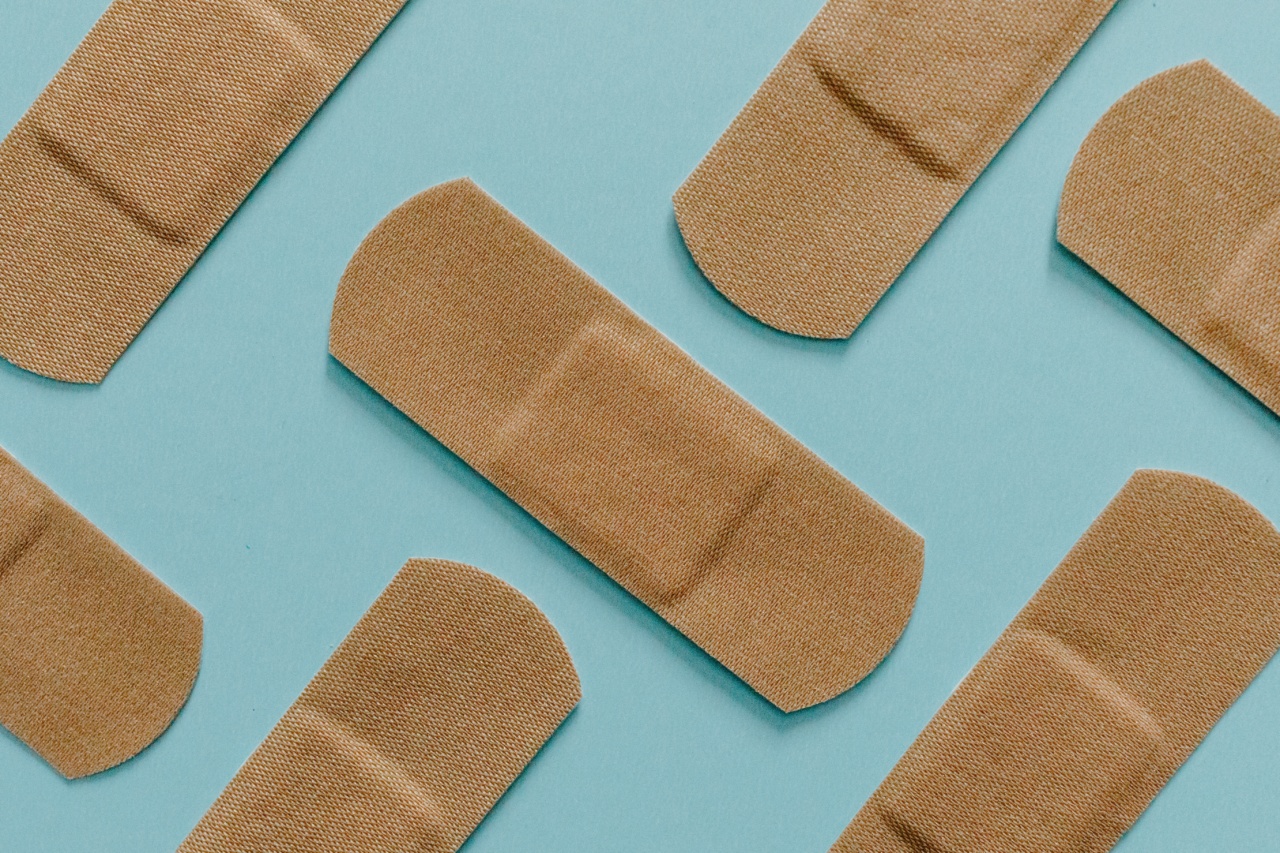Vitiligo is a skin condition that affects people of all ages, including babies. It is characterized by the loss of skin color in patches, resulting in irregular white patches on different parts of the body.
While the condition itself is not harmful, it can affect a baby’s self-esteem and confidence as they grow older. Understanding the symptoms, causes, and treatment options for vitiligo in babies can help parents provide the necessary support and care for their little ones.
Symptoms of Vitiligo in Babies
The main symptom of vitiligo is the appearance of white patches on the skin. These patches can be small or large and may appear on any part of the body, including the face, hands, feet, and genital areas.
The patches are usually symmetrical and can gradually increase in size over time. In some cases, the hair and even the inside of the mouth may lose their color as well. Vitiligo does not cause any physical discomfort or pain but can greatly impact a baby’s emotional well-being.
Causes of Vitiligo in Babies
The exact cause of vitiligo is still unknown, but several factors may contribute to its development in babies.
One theory suggests that an autoimmune reaction may play a role, where the body’s immune system mistakenly attacks and destroys the melanocytes (cells responsible for producing skin color). Genetics can also be a contributing factor, as vitiligo tends to run in families. Other potential triggers include exposure to certain chemicals, excessive sun exposure, and emotional stress.
Diagnosing Vitiligo in Babies
If you suspect that your baby may have vitiligo, it is essential to consult a dermatologist for a proper diagnosis. The dermatologist will examine the affected areas of the skin and may also inquire about your baby’s medical history.
In some cases, a skin biopsy may be necessary to rule out other skin conditions and confirm the diagnosis of vitiligo.
Treatment Options for Vitiligo in Babies
While there is no cure for vitiligo, several treatment options can help manage the condition and improve the appearance of the affected skin in babies.
Treatment methods are often tailored to individual cases, as what works for one baby may be less effective for another. Some common treatment options include:.
1. Topical Steroids
Topical steroids are commonly prescribed to reduce inflammation and repigment the white patches. Mild to moderate strength steroids are usually recommended for babies to minimize the risk of side effects.
2. Topical Calcineurin Inhibitors
Calcineurin inhibitors, such as tacrolimus and pimecrolimus, may also be prescribed to help restore pigmentation. These medications are often used as an alternative to steroids or in combination with them.
3. Topical Psoralen Plus Ultraviolet A (PUVA) Therapy
PUVA therapy involves applying a psoralen cream or soaking in a psoralen bath followed by exposure to UVA light. This combination helps stimulate the pigmentation process and can be effective in treating vitiligo in babies.
4. Narrowband Ultraviolet B (NB-UVB) Therapy
NB-UVB therapy involves exposing the affected skin to a specific wavelength of ultraviolet light. This treatment option can help stimulate melanocyte activity and repigment the white patches in some cases.
5. Excimer Laser
The excimer laser delivers a focused beam of ultraviolet B (UVB) light to the affected areas of the skin. This therapy can be beneficial for vitiligo patches that are resistant to other treatment methods.
6. Micropigmentation (Tattooing)
Micropigmentation involves tattooing the depigmented areas of the skin to match the surrounding pigmented skin. This technique can help camouflage the white patches, especially in cases where other treatment options are not effective.
7. Emotional Support and Counseling
Living with vitiligo can be emotionally challenging, especially for babies and young children. Providing emotional support and counseling can help them develop a positive self-image and cope with the challenges associated with the condition.
Connecting with support groups and other families dealing with vitiligo can also be beneficial.
8. Sun Protection
Since the depigmented areas of the skin lack melanin, they are more susceptible to sunburn and sun damage.
Applying a broad-spectrum sunscreen with a high SPF, wearing protective clothing, and seeking shade can help protect the baby’s skin from harmful ultraviolet (UV) rays.
9. Camouflage Makeup
In older children, the use of camouflage makeup can be an effective way to cover up the white patches and boost self-confidence. This temporary solution can provide immediate results while undergoing other treatment methods.
10. Surgical Options
In severe cases of vitiligo, surgical options such as skin grafting or melanocyte transplant may be considered. These procedures involve transplanting healthy skin cells or melanocytes from one part of the body to the depigmented areas.
Conclusion
Vitiligo in babies can be a distressing condition for both the child and their parents. Understanding the symptoms, causes, and available treatment options is essential for providing appropriate care and support to affected babies.
While there is no definitive cure, various treatment methods can help manage the condition and improve the appearance of the skin. Working closely with a dermatologist and providing emotional support can significantly benefit a baby’s overall well-being.






























